Bengal Cat Characteristics: Personality Traits and Behavior at Every Life Stage

With their wild coat patterns and intelligent disposition, Bengals fascinate cat lovers from the very first interaction. Their personality evolves throughout life, yet their curious and emotionally expressive nature remains at the core of who they are.
Bengals stand out not because they look exotic, but because they think and behave differently from typical domestic cats. Understanding their personality helps owners support them through each life stage — high-energy kittenhood, confident adulthood, and emotionally mature companionship later in life. Within the first 200 words, many future owners begin researching bengal cat characteristics not only to learn what to expect, but also to ensure they can provide stimulation, enrichment, and affection to such a vibrant breed.
This article explores the core traits of Bengals, how their behavior changes with age, which environments allow them to thrive, how they communicate emotionally, and which households are truly the right match for this highly intelligent and active breed.
Bengal Cat Personality Traits
Bengals possess consistent behavioral traits across the breed — traits that define their daily interactions and bond with people.
Curiosity and intelligence
Nothing escapes a Bengal’s attention. They inspect drawers, shelves, boxes, bags, and every new object that enters the home. Problem-solving is part of their play, and they enjoy challenges such as puzzle feeders, training tasks, and memory toys. Their curiosity is a strength, not disobedience — it’s instinct.
Emotional loyalty
This breed forms deep attachments to the people they live with. Bengals often follow their humans from room to room not out of anxiety, but to stay involved. They show loyalty through participation: lying near you, observing activities, joining routines, and “helping” with whatever you do.
High activity levels
Bengals do not lounge through the day like many cats. They run, climb, chase, jump, investigate, and initiate play multiple times daily. They thrive when owners match their energy — physically and mentally — rather than discouraging it.
At a glance, a healthy Bengal personality often includes:
- Quick learning and curiosity
- Strong desire for interaction, not isolation
- Emotional sensitivity and expressive communication
- Need for activity rather than passive rest

Bengal Kitten Personality vs Adult Behavior
Bengals experience major shifts in how they express their personality as they mature — though their core temperament remains stable.
Bengal kitten personality — exploration as identity
Kittens show almost boundless high-energy behavior. They climb everything possible, chase moving objects, explore every cabinet, and initiate play constantly. This stage is crucial for building problem-solving skills and social confidence.
Adolescent and young adult behavior — confidence and selectivity
Energy remains high, but becomes more purposeful. Bengals begin to choose preferred toys, preferred people, and preferred routines. Their confidence grows, and they learn boundaries — when owners maintain consistency.
Adult Bengal behavior — independence with affection
Fully mature Bengals balance autonomy and emotional closeness. They may not always sit on laps, but they choose closeness on their terms — curling next to their people, sleeping nearby, or greeting family members at the door.

Bengal Environmental Needs
A Bengal’s home environment dramatically influences behavior. The more stimulation they receive, the calmer and happier they are.
Climbing opportunities
Vertical spaces are essential — tall cat trees, wall perches, bridges, and shelves. Bengals use height as territory, security, confidence, and entertainment.
Mental engagement
Puzzle feeders, treat mazes, play-rotation routines, and teaching commands transform high energy into satisfaction rather than frustration.
Enrichment variety
Bengals enjoy new scents, textures, and experiences — crinkle tunnels, bird-viewing windows, rotating toys, fetch games, and supervised harness walks.
Quick checklist for a stimulating Bengal environment:
- A tall climbing structure
- Daily interactive play
- Puzzle or slow-feed toys
- Rotating toys weekly to avoid boredom
Balanced enrichment prevents destructive behavior — not through discipline, but through fulfillment.
Emotional & Communication Style
Bengals are one of the most expressive cat breeds. Their personality revolves around participation, vocalization, and emotional transparency.
Vocal and physical communication
Bengals use chirps, trills, meows, and even grumbles to express needs clearly. They also communicate physically — leaning, head-bumping, placing a paw gently, or tapping objects to request interaction.
Affection expressions
They show devotion through shared experiences rather than sitting still: following humans, bringing toys, resting near someone’s feet, or nudging for attention after play.
Stress at a glance
Signs of emotional tension include pacing, excess vocalization, hiding, or over-grooming. Routine, attention, and stimulation resolve discomfort more effectively than correction.
Many families choose kittens specifically based on Bengal cat characteristics when they want a cat that is social, intelligent, and expressive — and this breed rewards owners who enjoy interaction rather than passive companionship.

Ideal Owners & Households
Not every household matches Bengal temperament — and that’s okay. The right match creates an extraordinary bond.
Bengals thrive most with:
• Owners who enjoy active play and involvement
• Homes with time for interaction rather than long isolation
• People who appreciate intelligence and emotional expression
• Families ready to provide enrichment rather than restrict behavior
They can adapt to multi-pet and multi-person households when their emotional needs are respected.
Unifying Summary
Across every stage of life, Bengals remain distinct in the cat world: curious, intelligent, socially expressive, and full of energy. Understanding them means valuing their need for interaction, activity, and emotional closeness. Their behavior is not unpredictable — it is logical for a cat that experiences life intensely and bonds deeply with humans.
Owners who treat their energy and communication style as strengths — not as problems — enjoy a level of companionship most breeds rarely provide.
Conclusion
Bengal cats evolve from fearless, playful kittens into confident, affectionate adults while retaining their signature intelligence and curiosity. They flourish when their families offer stimulation, routine, emotional attention, and space to explore. With the right understanding and environment, Bengals become loyal, engaging companions who enrich daily life in a way few other breeds can.


























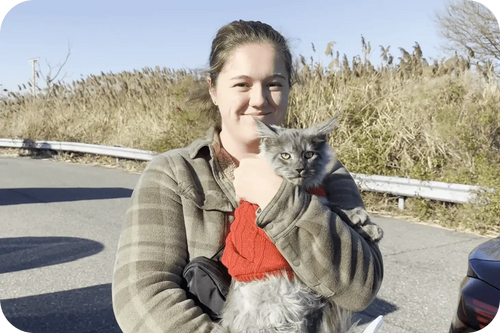
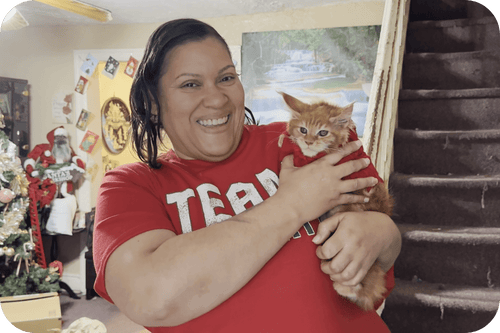
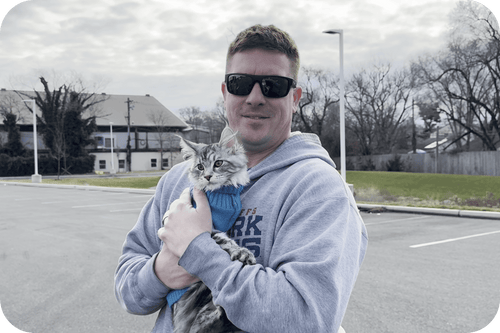



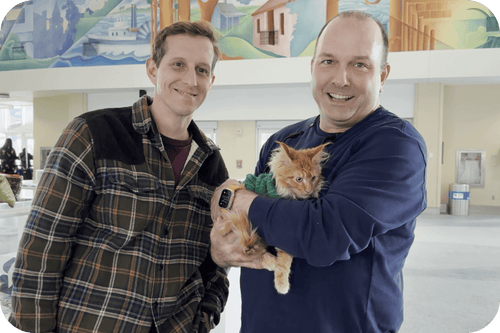

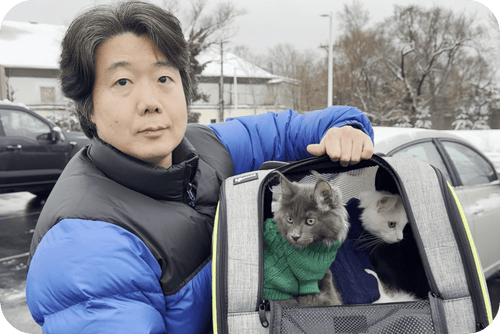
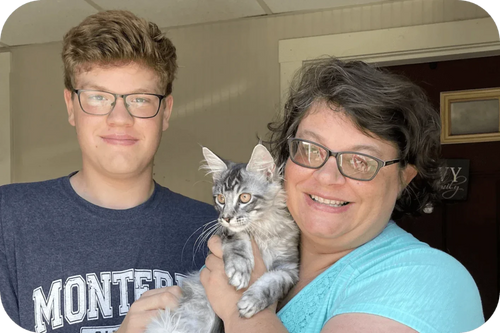

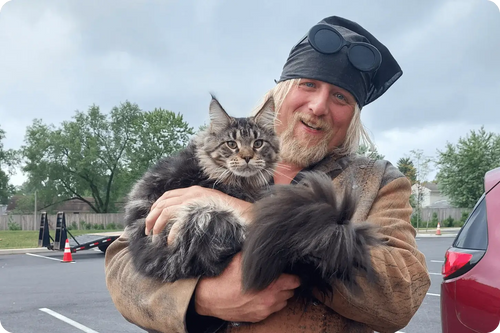


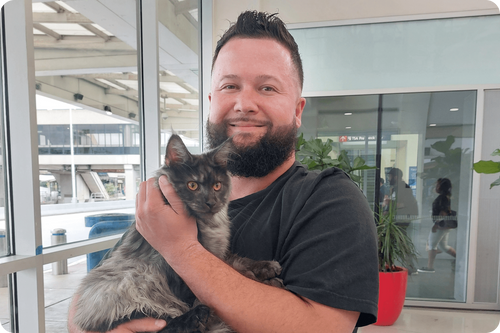











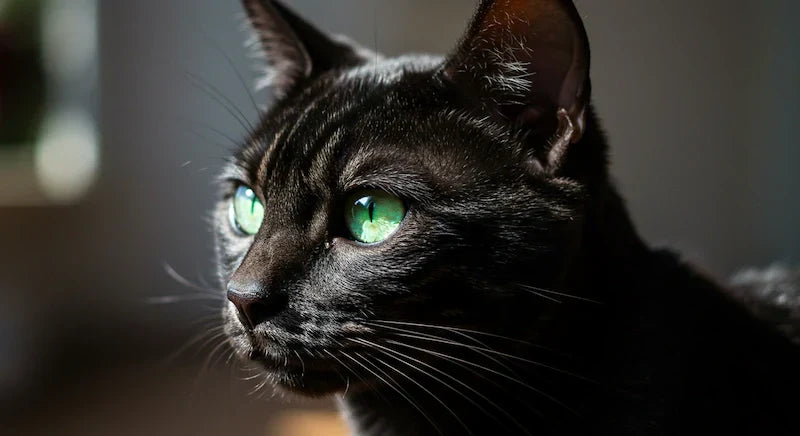
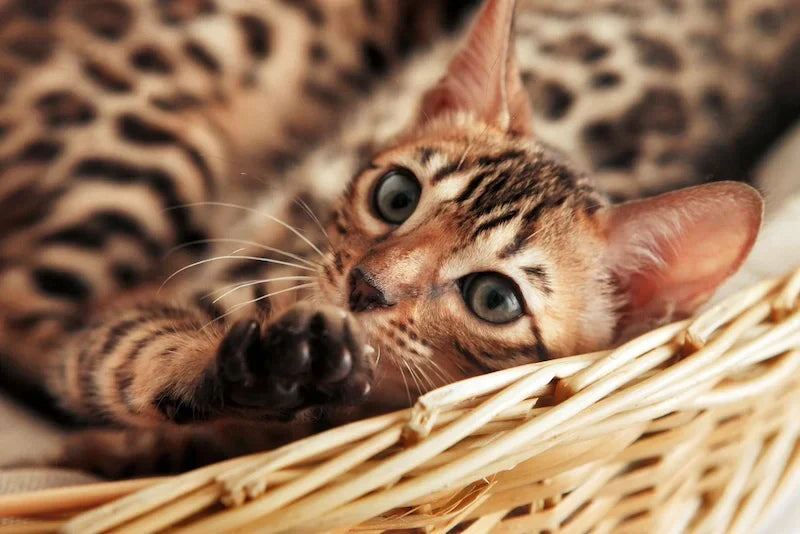
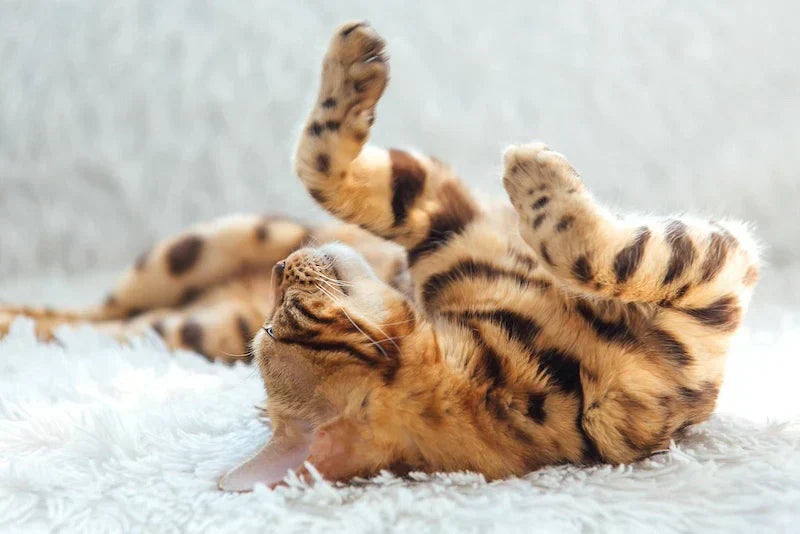
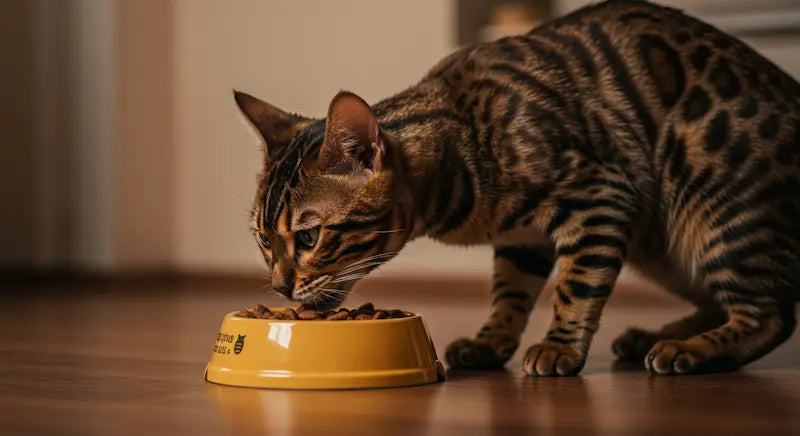
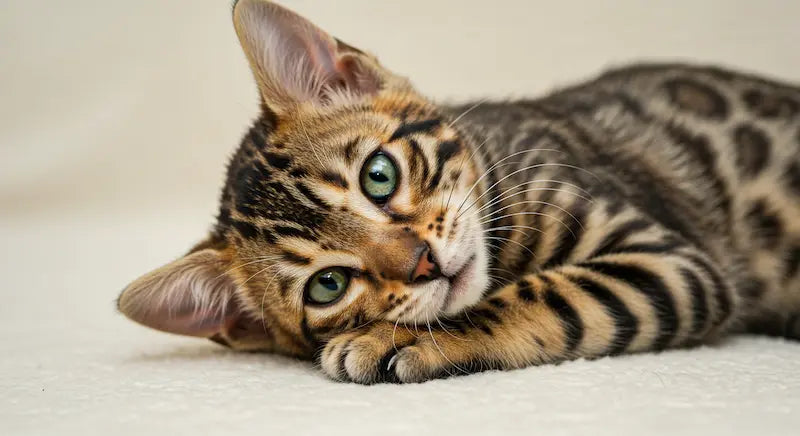




Comments(0)